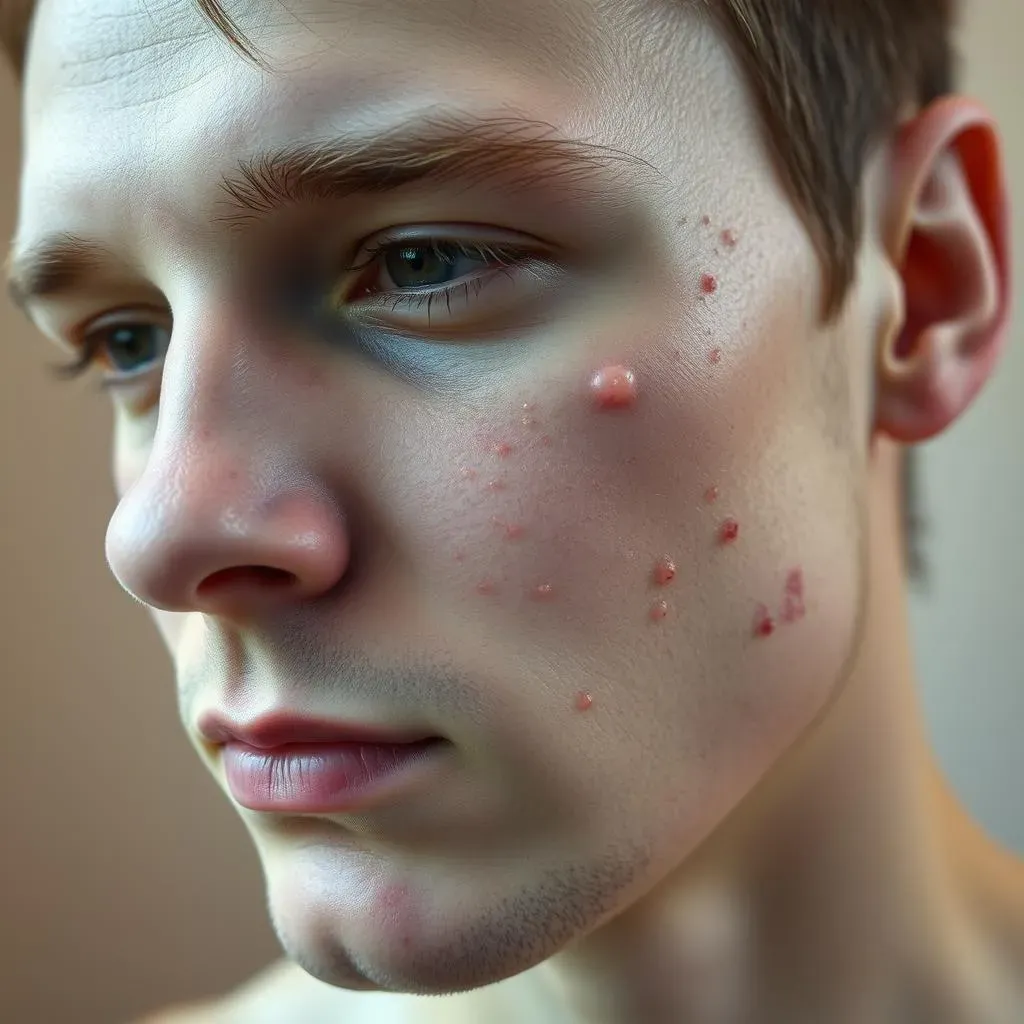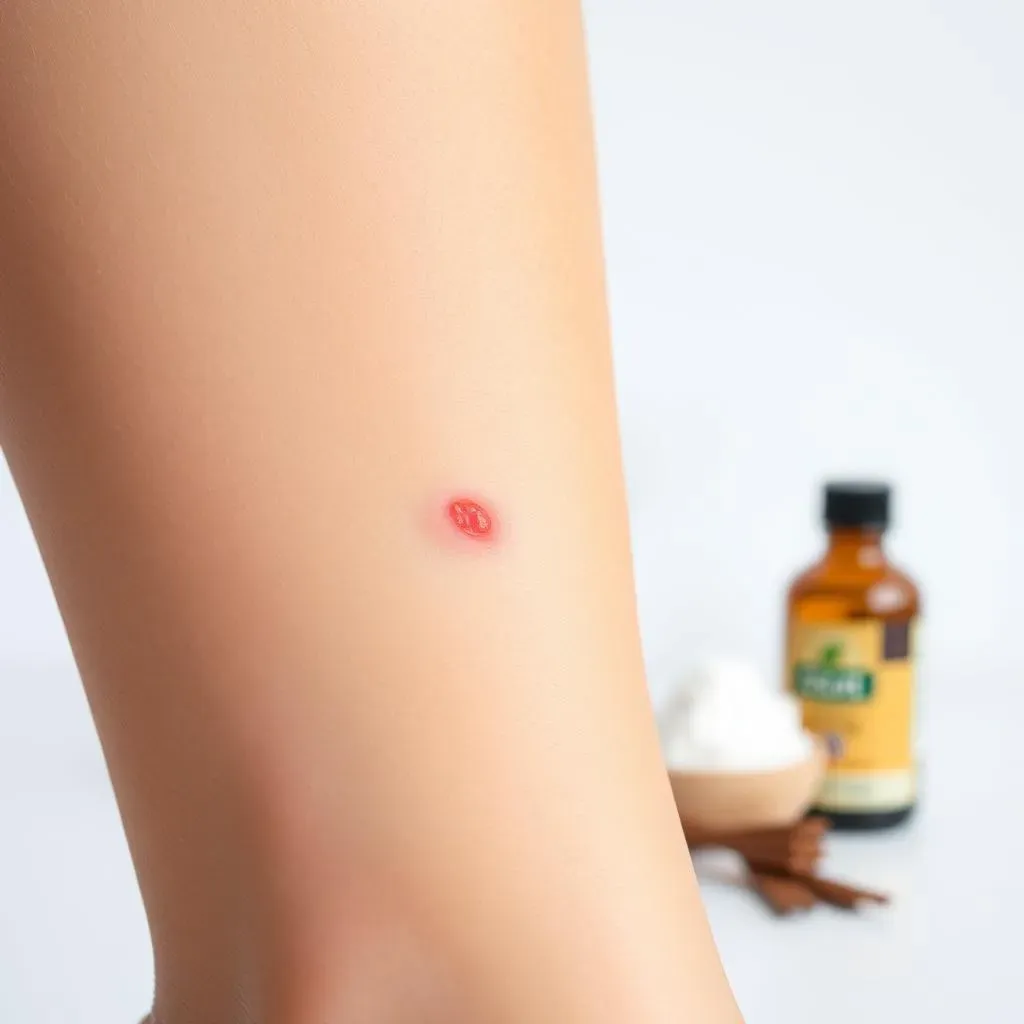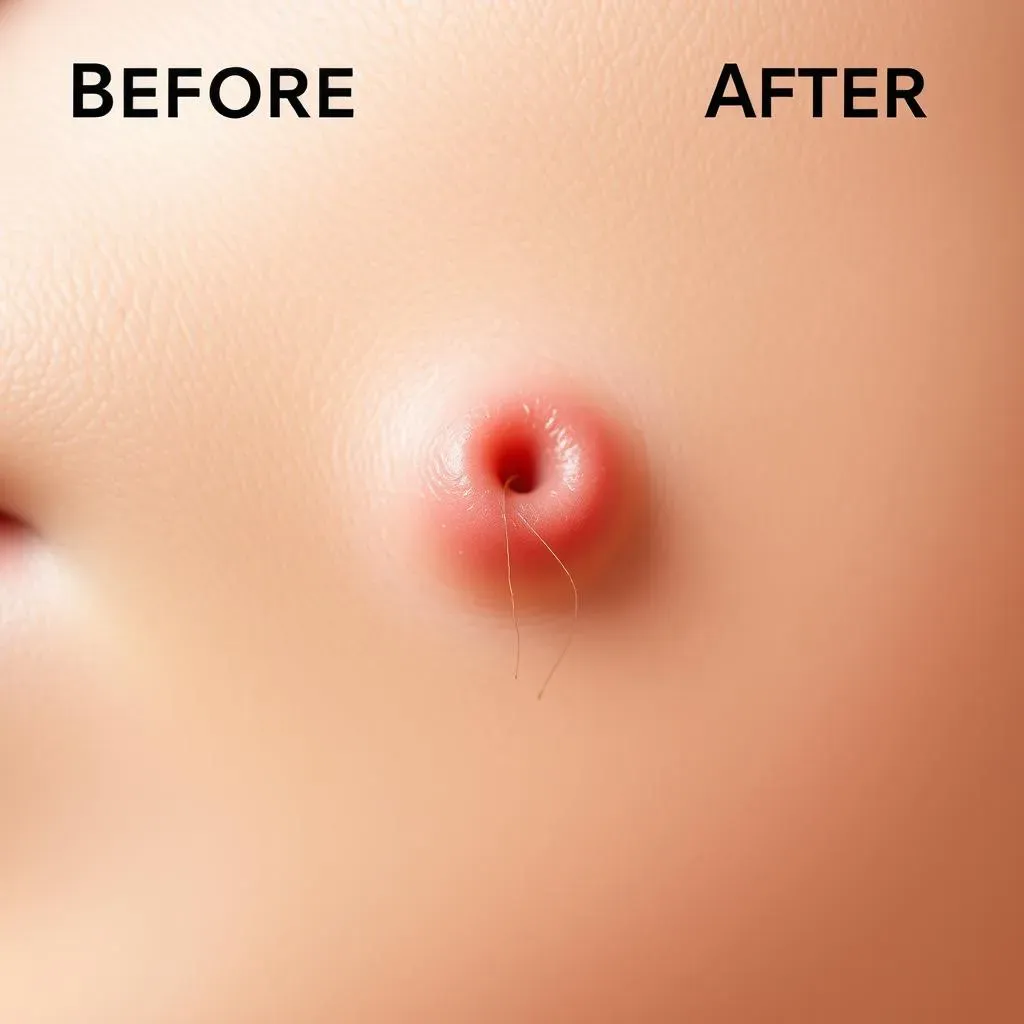Table of Contents
Ingrown hairs can be a painful and frustrating problem for many of us, especially after shaving or waxing. These pesky bumps can lead to inflammation, scarring, and even infection if left untreated. But fear not! There are many effective quick ingrown hair remedies that can help soothe and eliminate these dreaded bumps. In this article, we'll delve into the world of ingrown hairs, exploring their causes, symptoms, and most importantly, the best treatments and prevention methods. From home remedies like warm compresses and exfoliation to professional solutions such as laser hair removal, we'll cover it all. Whether you're looking for a quick ingrown hair remedy or a long-term solution, this article will guide you through the process of achieving smooth, bump-free skin. So, let's get started on this journey to silky smoothness and explore the various options available for tackling those pesky ingrown hairs.
Understanding Ingrown Hair: Causes and Symptoms of Quick Ingrown Hair

Understanding Ingrown Hair: Causes and Symptoms of Quick Ingrown Hair
Ingrown hairs occur when hair curls back into the skin instead of growing outward, leading to inflammation, redness, and discomfort. This common problem can affect anyone, but it's more prevalent in individuals with curly or coarse hair. The symptoms of ingrown hairs include itching, burning, and the appearance of small bumps or pus-filled cysts on the skin.
Several factors contribute to the development of ingrown hairs. Poor shaving techniques, such as shaving too closely or using a dull razor, can cause the hair to become trapped. Tight clothing, friction from clothing, and excessive sweating can also lead to ingrown hairs. Furthermore, curly hair is more prone to becoming ingrown due to its natural tendency to curl back into the skin.
Cause | Description | Solution |
|---|---|---|
Poor Shaving Techniques | Shaving too closely or using a dull razor | Use a sharp razor, shave in the direction of hair growth |
Tight Clothing | Friction and pressure on the skin | Wear loose, breathable clothing |
Curly Hair | Hair curls back into the skin | Exfoliate regularly, use gentle products |
It's essential to recognize the symptoms of ingrown hairs early on to prevent further complications. If left untreated, ingrown hairs can lead to infections, scarring, and hyperpigmentation. By understanding the causes and symptoms, you can take proactive steps to prevent ingrown hairs and maintain healthy, smooth skin.
- Avoid shaving over the same spot multiple times
- Exfoliate the skin before shaving
- Use a soothing aftershave to calm the skin
- Consider alternative hair removal methods, such as waxing or laser hair removal
Quick Ingrown Hair Remedy Options: Home Treatments and Professional Solutions

Quick Ingrown Hair Remedy Options: Home Treatments and Professional Solutions
Home Remedies for Ingrown Hair
For those seeking a quick ingrown hair remedy, there are several home treatments that can provide relief. Applying a warm compress to the affected area can help bring the ingrown hair to the surface, making it easier to remove. Exfoliating with sugar or salt can also help remove dead skin cells and free the trapped hair. Additionally, using tea tree oil or aloe vera gel can help reduce inflammation and soothe the skin.
Another effective home remedy is using a mixture of baking soda and water to create a paste. Applying this paste to the affected area can help reduce inflammation and draw out the ingrown hair. It's essential to be gentle when treating ingrown hairs, as picking or squeezing can lead to further irritation and infection.
Remedy | Description | Benefits |
|---|---|---|
Warm Compress | Apply a warm, damp cloth to the affected area | Brings ingrown hair to the surface, reduces swelling |
Exfoliation | Use sugar or salt to remove dead skin cells | Freess trapped hair, improves skin texture |
Tea Tree Oil | Apply a few drops to the affected area | Reduces inflammation, antibacterial properties |
Professional Solutions for Ingrown Hair
While home remedies can be effective, some cases of ingrown hair may require professional attention. If the ingrown hair is severe or becomes infected, it's essential to consult a dermatologist. They may prescribe topical creams or antibiotics to treat the infection. In some cases, minor surgery may be necessary to remove the ingrown hair and drain any abscesses that have formed.
Laser hair removal is another option for those looking for a more permanent solution. This procedure uses a laser to target and destroy the hair follicle, reducing the risk of ingrown hairs. Laser hair removal can be performed on most areas of the body and is a popular choice for those who want to achieve smooth, hair-free skin.
- Consult a dermatologist for severe or infected ingrown hairs
- Consider laser hair removal for a permanent solution
- Use topical creams or antibiotics as prescribed by a dermatologist
- Avoid picking or squeezing ingrown hairs to prevent further irritation
Preventing Ingrown Hair: Tips for Avoiding the Dreaded Razor Bump

Preventing Ingrown Hair: Tips for Avoiding the Dreaded Razor Bump
Preventing ingrown hairs requires a combination of good hygiene, proper shaving techniques, and effective skin care. One of the most important tips is to exfoliate the skin before shaving. Exfoliating helps remove dead skin cells and other debris that can cause hairs to become trapped. Using a gentle exfoliator containing alpha-hydroxy acids (AHAs) or beta-hydroxy acids (BHAs) can help break down dead skin cells and promote cell turnover.
Another crucial step in preventing ingrown hairs is to shave in the direction of hair growth. Shaving against the grain can cause the hair to be cut at an angle, leading it to grow back into the skin. It's also essential to use a sharp razor and avoid shaving over the same spot multiple times, as this can cause irritation and increase the risk of ingrown hairs. Consider using a razor with a built-in moisturizing strip to help soothe the skin while shaving.
Pre-Shaving Routine | Benefits | Tips |
|---|---|---|
Exfoliate with AHAs or BHAs | Removes dead skin cells, promotes cell turnover | Use 1-2 times a week, depending on skin type |
Soften hair with warm water | Opens up pores, makes shaving easier | Soak the area for 5-10 minutes before shaving |
Apply a shaving gel or cream | Lubricates the skin, reduces friction | Choose a fragrance-free product for sensitive skin |
After shaving, it's essential to moisturize the skin to keep it hydrated and reduce irritation. Look for a non-comedogenic moisturizer that won't clog pores, and apply it immediately after shaving while the skin is still damp. This helps lock in moisture and soothe any razor burn.
- Shave in the direction of hair growth
- Use a sharp razor and avoid shaving over the same spot multiple times
- Exfoliate 1-2 times a week to remove dead skin cells
- Moisturize after shaving to keep the skin hydrated
Advanced Treatments for Persistent Ingrown Hair: When to Seek Medical Help

Advanced Treatments for Persistent Ingrown Hair: When to Seek Medical Help
Persistent ingrown hairs can be a sign of an underlying condition that requires medical attention. If you've tried home remedies and professional solutions but still experience recurring ingrown hairs, it may be time to consult a dermatologist. They can evaluate the affected area and provide advanced treatments to help alleviate symptoms and prevent future occurrences.
One advanced treatment option is corticosteroid injections. These injections can help reduce inflammation and swelling associated with ingrown hairs. In some cases, a dermatologist may prescribe oral antibiotics to treat any underlying infections. For severe cases, minor surgery may be necessary to remove the ingrown hair and drain any abscesses that have formed.
Treatment | Description | Benefits |
|---|---|---|
Corticosteroid Injections | Reduces inflammation and swelling | Quick relief from symptoms, promotes healing |
Oral Antibiotics | Treats underlying infections | Prevents further complications, promotes recovery |
Minor Surgery | Removes ingrown hair and drains abscesses | Provides immediate relief, reduces risk of scarring |
It's essential to seek medical help if you experience any of the following symptoms: increased redness and swelling, pus or discharge, fever, or if the ingrown hair persists or worsens over time. A dermatologist can assess your individual situation and provide personalized guidance on the best course of treatment.
- Seek medical attention if ingrown hairs are severe, infected, or persistent
- Corticosteroid injections can provide quick relief from inflammation
- Oral antibiotics may be prescribed to treat underlying infections
- Minor surgery is an option for severe cases, providing immediate relief
Conclusion: Achieving Smooth Skin with Quick Ingrown Hair Remedies
In conclusion, ingrown hairs don't have to be a permanent problem. With the right quick ingrown hair remedies and prevention strategies, you can say goodbye to those pesky bumps and hello to smooth, healthy-looking skin. Remember, whether you opt for home treatments or professional solutions like those offered by hairawaybylaser.com, consistency and patience are key. By incorporating these tips into your daily routine and taking preventative measures, you'll be on your way to a bump-free life in no time. So, don't let ingrown hairs hold you back – take control with these effective quick ingrown hair remedies and start enjoying the smooth skin you deserve.
